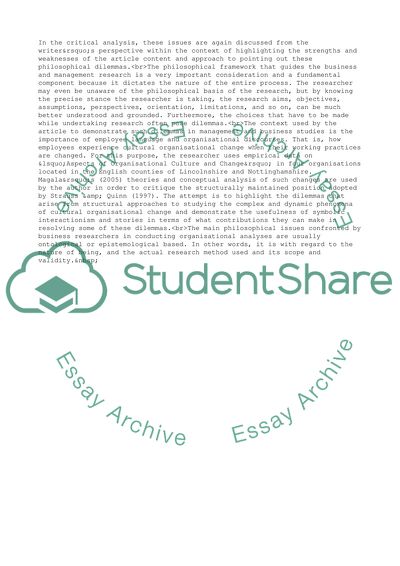Cite this document
(Epistemological and Ontological Dilemmas Faced by Researchers in the O Case Study, n.d.)
Epistemological and Ontological Dilemmas Faced by Researchers in the O Case Study. Retrieved from https://studentshare.org/management/1729646-sct1
Epistemological and Ontological Dilemmas Faced by Researchers in the O Case Study. Retrieved from https://studentshare.org/management/1729646-sct1
(Epistemological and Ontological Dilemmas Faced by Researchers in the O Case Study)
Epistemological and Ontological Dilemmas Faced by Researchers in the O Case Study. https://studentshare.org/management/1729646-sct1.
Epistemological and Ontological Dilemmas Faced by Researchers in the O Case Study. https://studentshare.org/management/1729646-sct1.
“Epistemological and Ontological Dilemmas Faced by Researchers in the O Case Study”, n.d. https://studentshare.org/management/1729646-sct1.


